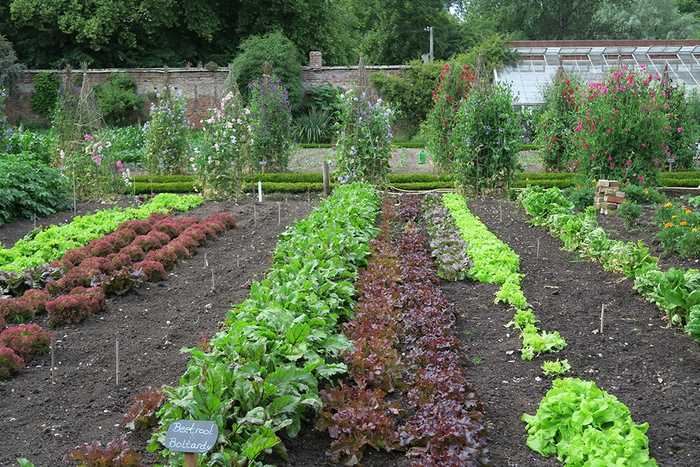Veg Growing Tips

The weeds have started to grow, a sure sign Danny say that it’s time to direct sow flowers and veg. But if you want to enjoy homegrown before someone else gets there first, you’ll need a few tricks up your sleeve. Here’s some hard-won knowledge that might be of some help.
If you have a green house or something under glass, the chances are that at some point you’ll have one or a combination of aphids, red spider mites, scale or white fly. You can gauge the number and variety of unwanted visitors by investing in some sticky traps to help you identify exactly what you have a problem with and then need to treat accordingly. Danny uses SP plant invigorator, a non toxic and environmentally friendly pesticide which seems to cover most bases.
Cabbages are must tastier when homegrown but are plagued by a number of pests including cabbage root fly. Cabbage root fly lays its eggs at the base of a cabbage and the maggots tunnel down and feast on the roots, effectively destroying your crop. To protect your cabbages from them why not have a go at making your own cabbage collars out of some old carpet or carpet underlay. Using a CD as a template, cut out a series of circles, cutting a line halfway through each circle to the middle with some slots either side forming a Y shape, to allow you to fit the collar snugly around the base of your cabbage.
Fleece is another important material to have to hand if you’re growing carrots. Cover your crop with fleece or enviromesh, secured at the edges, after sowing carrots to prevent low-flying female carrot flies reaching them. Planting carrots alongside strong smelling herbs and flowers can be an equally effective deterrent; alliums, chives and garlic are ideal planting companions for this.
Plants in pots are particularly vulnerable to vine weevil and the grubs eating the roots of plants over the Summer months. To protect from this you can use Nematodes, essentially good grubs that will feed on your bad grubs.
The red lily beetle is another one to look out for at this time of year. If you see one, pick them off (have your second hand under the leaf cupped and ready to catch it), making sure you also look on the underside of leaves for tell tale black spots, the larvae which will need to be rubbed away to prevent further problems.
Good luck over the next few months and we hope you enjoy the fruits (and veg) of your labours.
Posted on May 11th 2017




